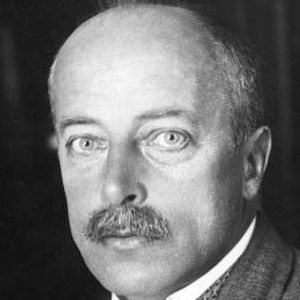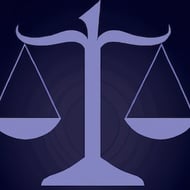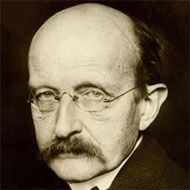About
Remembered for his contributions to the study of crystallography, he earned the 1914 Nobel Prize in Physics for his discovery that crystals could cause the diffraction of X-rays. He also contributed to quantum theory, the theory of relativity, and the physics sub-fields of optics and super conductivity.
Before Fame
In the first decade of the Twentieth century, he studied science and mathematics at the University of Strassburg, the Ludwig Maximilian University of Munich, and the University of Göttingen.
Trivia
During the 1930s, he was a vocal opponent of Nazism and played a key role in arranging the emigration of fellow German scientists who had been sanctioned or otherwise negatively affected by the strengthening regime.
Family Life
He was born in Pfaffendorf, Germany, to Minna Zerrenner and Julius Laue.
Associated With
From 1906 to 1909, he served as a research assistant to acclaimed physicist Max Planck. Nearly three decades later, he received the prestigious Max Planck Medal.












